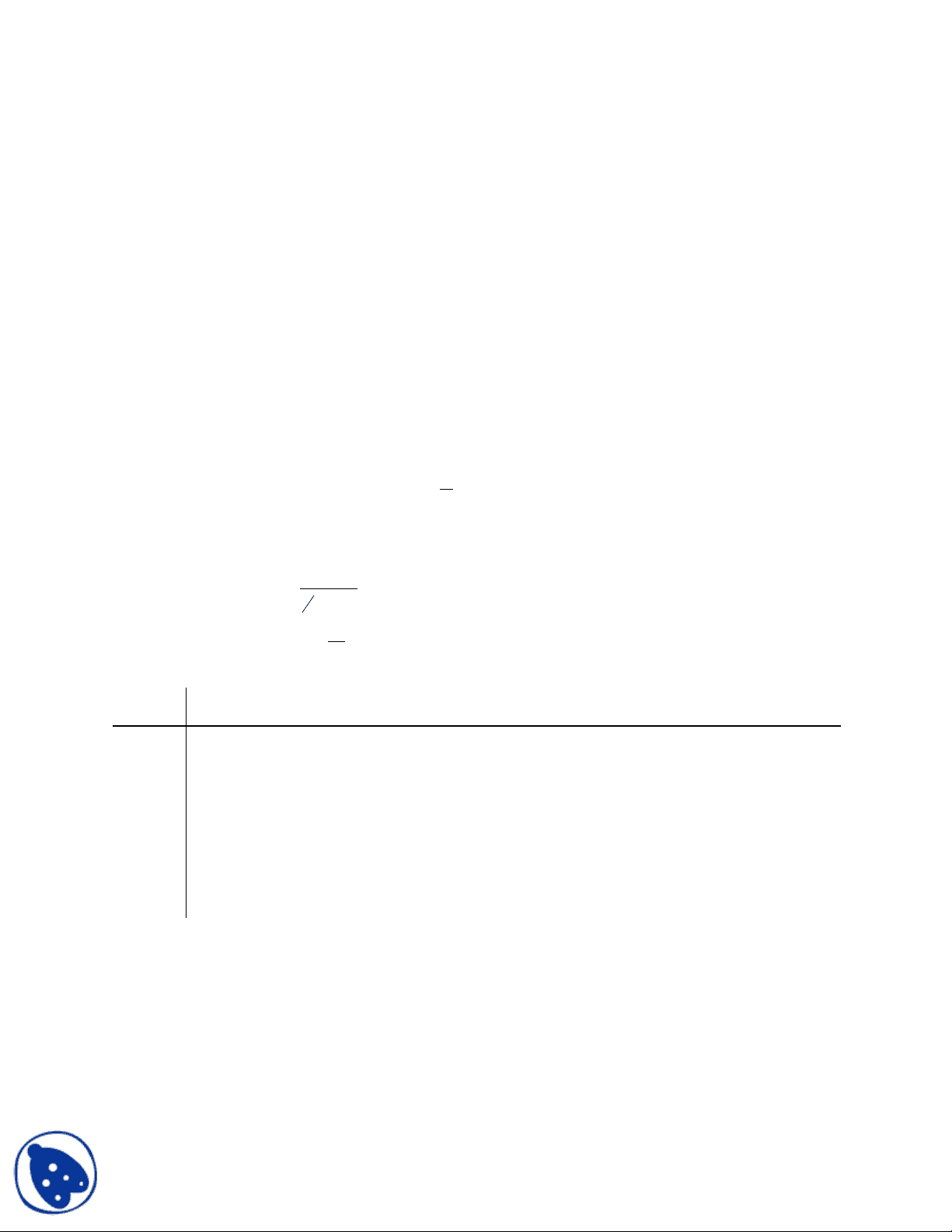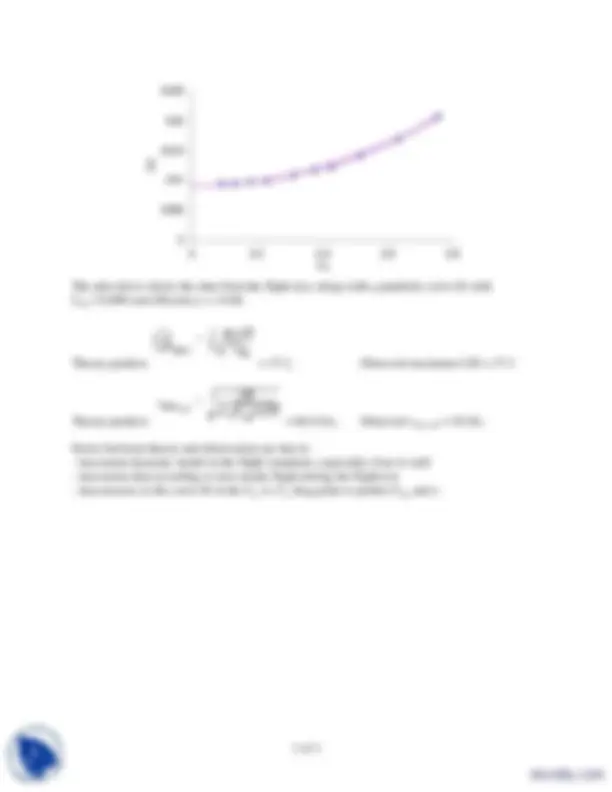



Study with the several resources on Docsity

Earn points by helping other students or get them with a premium plan


Prepare for your exams
Study with the several resources on Docsity

Earn points to download
Earn points by helping other students or get them with a premium plan
Community
Ask the community for help and clear up your study doubts
Discover the best universities in your country according to Docsity users
Free resources
Download our free guides on studying techniques, anxiety management strategies, and thesis advice from Docsity tutors
The solution to problem set #3 of an introduction to aerospace and design course, focusing on aircraft performance through flight simulation lab. Collected data on indicated, true, and vertical speeds, flight path angles, lift, l/d ratio, and drag coefficients at different conditions. The document also discusses the approximation of optimal true airspeed for maximum time aloft and the maximum l/d, as well as the comparison of theoretical predictions and observed values.
Typology: Exercises
1 / 3

This page cannot be seen from the preview
Don't miss anything!


2
Flight indicated true vertical flight path Condition airspeed (ft/s) airspeed (ft/s) speed (ft/s) angle (deg) Lift (N) L/D Cl Cd 72.62 83.81 2.31 1.58 849.68 36.30 0.76 0. 79.38 91.60 2.45 1.53 849.70 37.34 0.63 0. 87.82 101.35 2.78 1.57 849.68 36.48 0.52 0. 96.27 111.09 3.19 1.65 849.65 34.76 0.43 0. 103.02 118.89 3.73 1.80 849.58 31.89 0.38 0. 113.16 130.58 4.61 2.02 849.47 28.29 0.31 0. 131.73 152.02 6.54 2.47 849.21 23.21 0.23 0. 148.62 171.51 9.35 3.12 848.74 18.32 0.18 0. 172.27 198.80 14.17 4.09 847.84 14.00 0.13 0. 209.42 241.67 25.24 6.00 845.35 9.52 0.09 0.
True airspeed (ft/s)